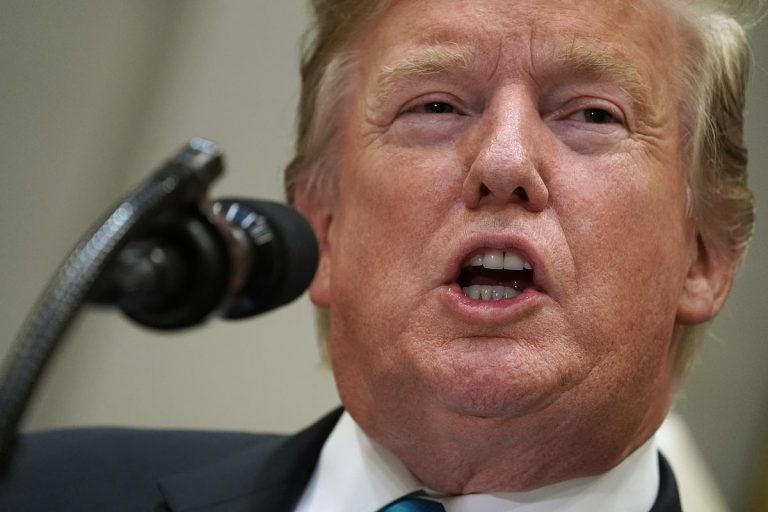Trump Sets Refugee Cap at 7,500, Prioritizes South Africans
The Trump administration has announced a significant reduction in the number of refugees allowed into the United States, capping the figure at 7,500 for the upcoming fiscal year. This decision marks a stark contrast to the previous administration’s policy, which permitted up to 125,000 refugees annually. The new policy, published in the Federal Register, has raised concerns due to its focus on admitting primarily white South Africans.
Details of the Announcement
The official notice did not provide specific reasons for the drastic reduction in refugee admissions. The figure of 7,500 reflects a substantial decrease from the hundreds of thousands of refugees who have sought safety in the U.S. over the years. The administration justified this limit by stating it aligns with humanitarian concerns or serves the national interest, though no further details were elaborated.
Context of Refugee Admissions
Historically, the U.S. has been a refuge for individuals fleeing violence and persecution from various regions worldwide. The decision to limit admissions to a specific demographic raises questions about the criteria used in determining refugee status and the implications for those in dire need of assistance.
FAQs
Why has the Trump administration set the refugee cap so low?
The administration has cited humanitarian concerns and national interest as justifications for the reduced cap, although specific reasons were not detailed in the announcement.
Who will be primarily admitted under this new policy?
The new policy indicates that the majority of the 7,500 refugees will be white South Africans, which has sparked discussions about the implications of such demographic targeting.
How does this compare to previous refugee admission policies?
This cap represents a significant decrease from the Biden administration’s ceiling of 125,000 refugees, reflecting a shift in U.S. immigration policy under the Trump administration.
Conclusion
The Trump administration’s decision to limit refugee admissions to 7,500, focusing primarily on white South Africans, marks a notable shift in U.S. immigration policy. As the situation develops, it will be essential to monitor how these changes affect those seeking refuge and the broader implications for U.S. humanitarian efforts.
The reduction in the refugee cap to 7,500 is part of a broader trend observed during the Trump administration, which has emphasized stricter immigration policies. This approach has included various measures aimed at reducing both legal and illegal immigration, reflecting a shift in the administration’s priorities compared to previous administrations. The focus on specific demographics, such as white South Africans, has sparked debates about the motivations behind refugee admissions and the potential impact on the U.S.’s longstanding role as a haven for diverse populations fleeing persecution.
The decision also comes amid ongoing global refugee crises, with millions displaced due to conflict, violence, and human rights abuses. Organizations such as the United Nations High Commissioner for Refugees (UNHCR) have consistently highlighted the need for countries to uphold their commitments to protect vulnerable populations. The U.S. has historically been one of the largest resettlement countries, and the new cap raises concerns among advocacy groups about the implications for individuals from regions facing significant turmoil, including the Middle East, Central America, and parts of Africa.
Critics of the new policy argue that it undermines the principles of asylum and refugee protection, which are rooted in international law and humanitarian obligations. They contend that prioritizing certain groups over others may lead to increased suffering for those who do not fit the specified criteria but are nonetheless in desperate need of refuge. As the administration implements this policy, it will be crucial to observe how it affects the lives of potential refugees and the overall landscape of U.S. immigration policy moving forward. The long-term consequences of such a shift may influence not only the individuals directly impacted but also the U.S.’s global standing in humanitarian efforts and international relations.
Also Read:
Gold Prices Fall in Dubai Amid Global Market Changes







